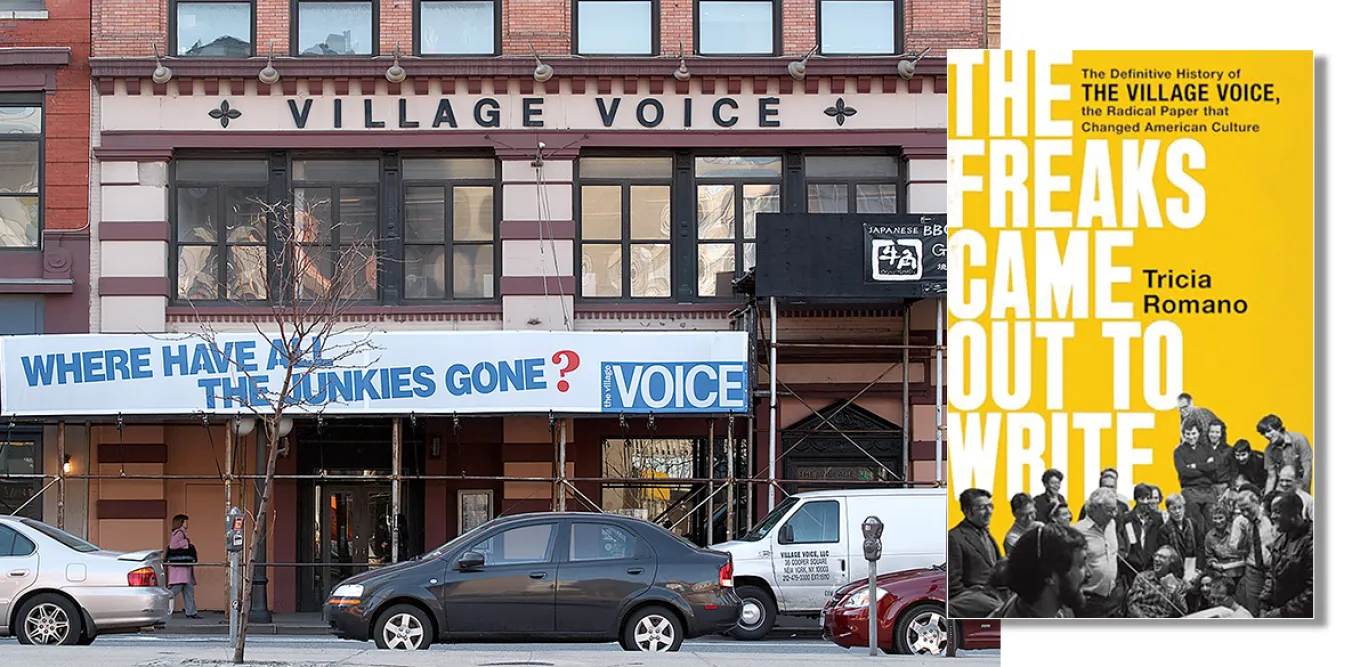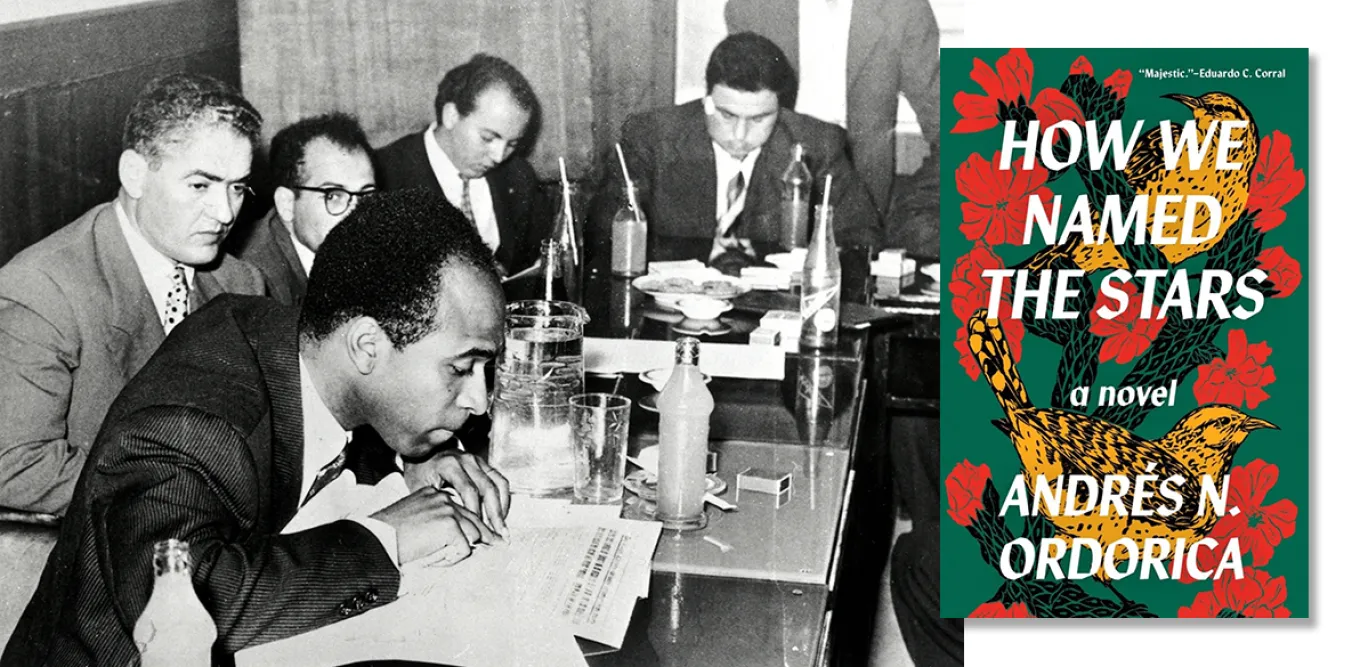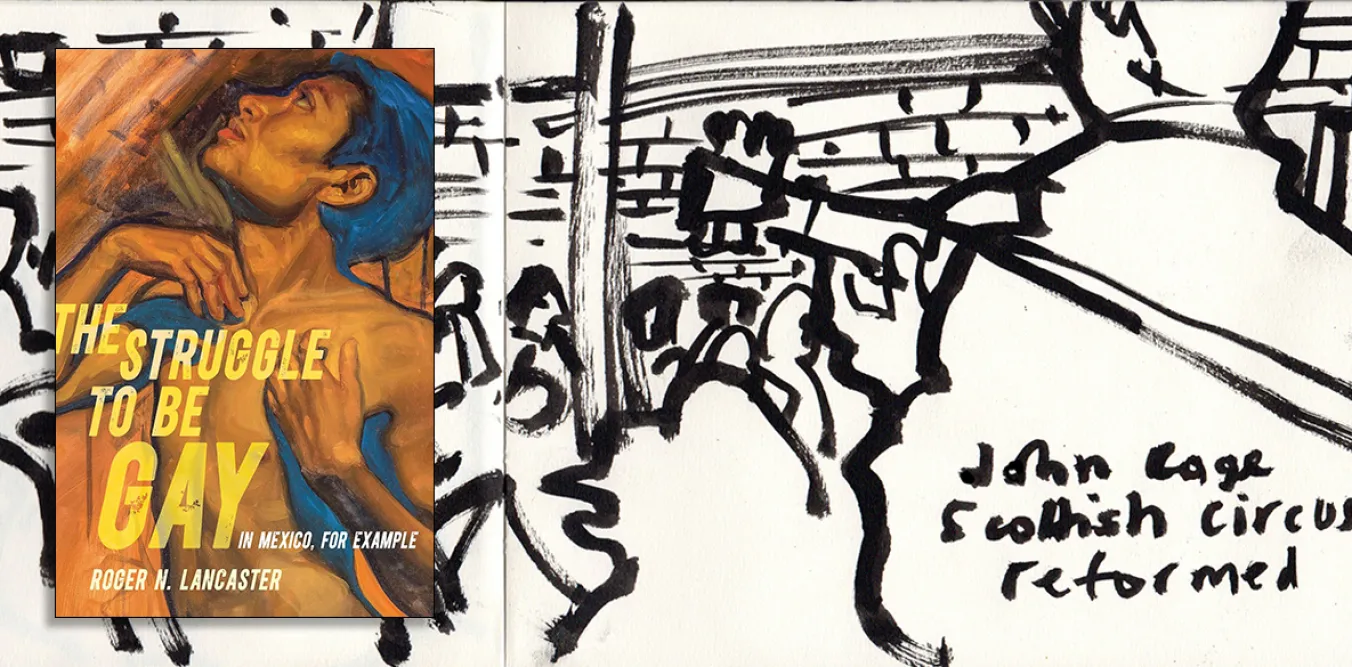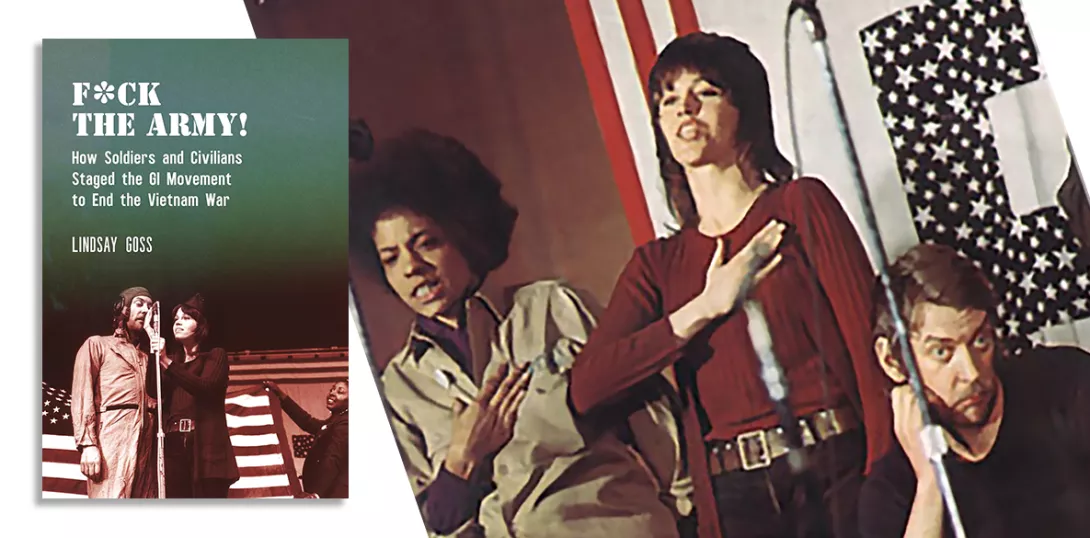
NEWSSTANDS used to be like a library.
Dozens of newspapers, magazines and paperbacks filled the shelves of even the smallest such establishments. They might be standing alone like those in major cities everywhere or they might be one section of a drugstore or bookstore. On most military bases, they were an extension of the US military’s equivalent of a department store — the Post Exchange (PX).
I spent many hours hanging out at such newsstands, reading science fiction magazines, music rags, the Sporting News, peeking at the Playboys, scanning various daily newspapers and exploring paperback books of all kinds. The variety of media that existed then and was available in print was better than any school course I ever took. Indeed, if it weren’t for newsstands, I would probably never have become a weekly reader of the Village Voice, a forerunner of the underground press and all that succeeded it.
















